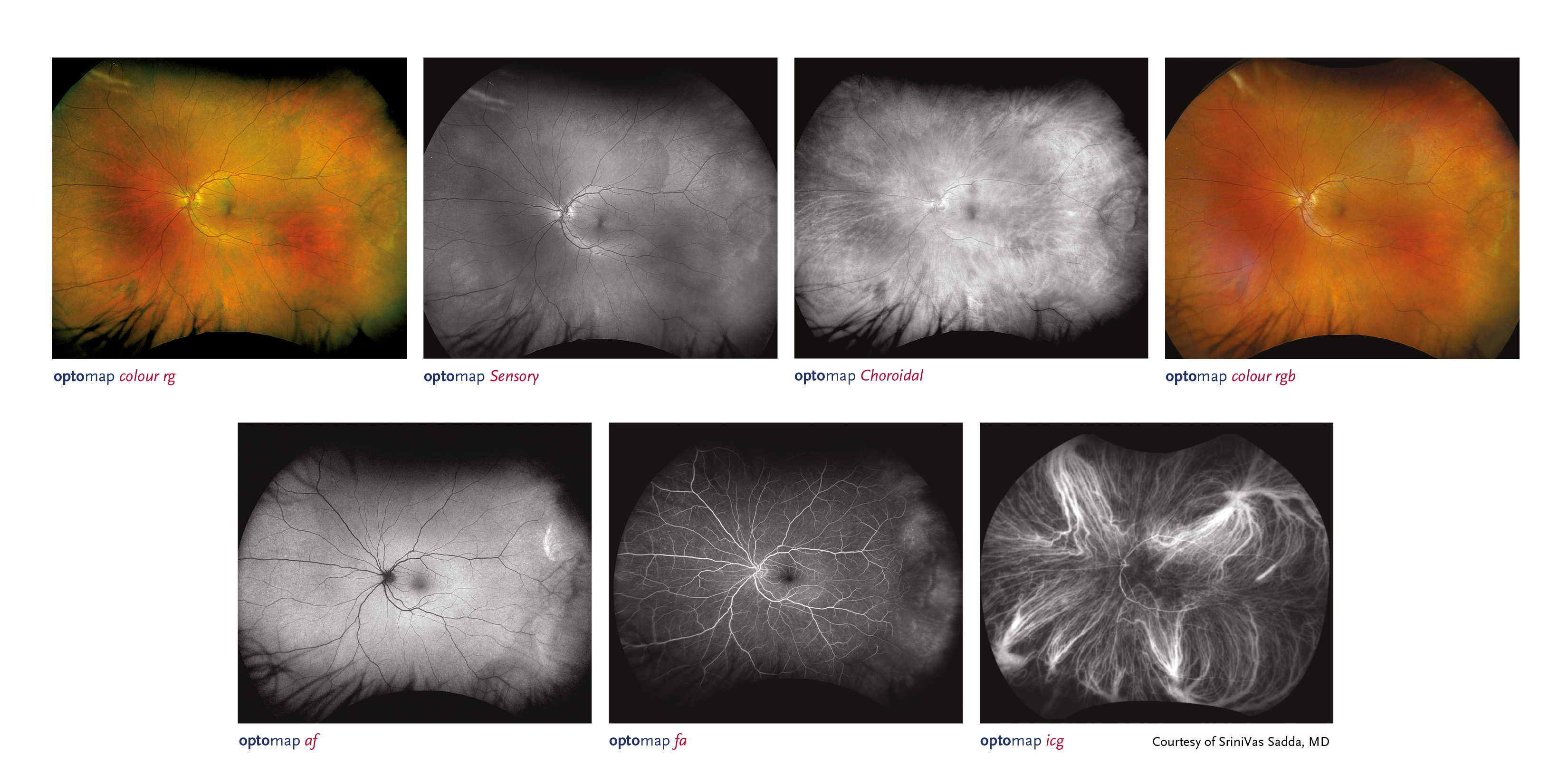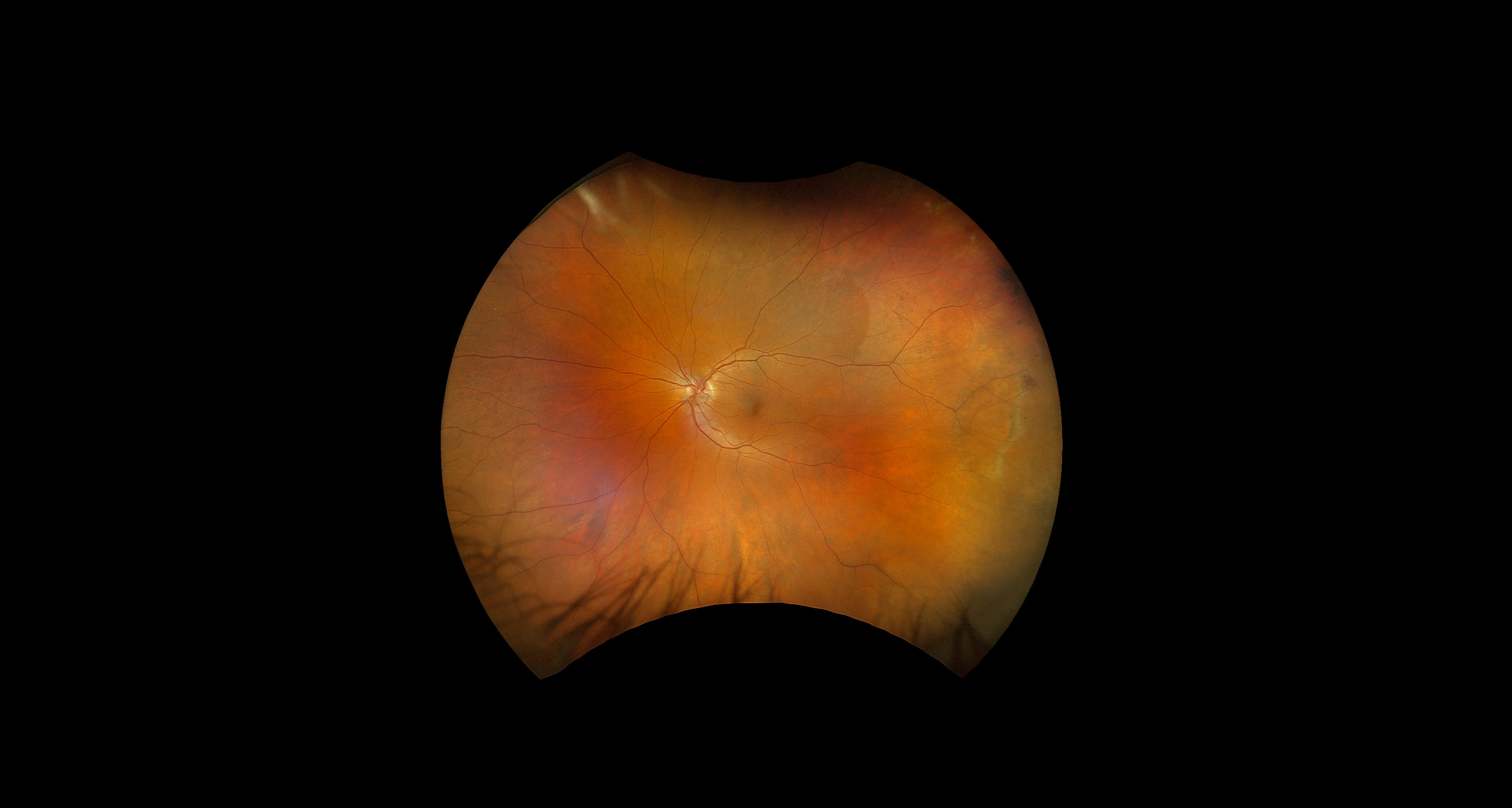- OT
- Industry
- Equipment and suppliers
- Advanced Optos technology transforms optometry
Advertorial
Advanced Optos technology transforms optometry
Optos devices provide practices with multimodality retinal imaging, allowing eye care professionals to give unintrusive and fast eye exams when embracing advanced technology


Advertorial content is paid for and produced by a sponsor, and is reviewed and edited by the OT team before publication.
01 December 2023
Factors driving retinal imaging technology adoption
The implementation of leading technology, such as Optomap®—high-resolution 200° ultra-widefield (UWF™) retinal imaging, increases the speed of diagnosis with more information given in a clinical setting.1 Features such as multimodality can visualise vitreoretinal, retinal, and choroidal layers from pole to periphery and can also include integrated optical coherence tomography (OCT). There are a range of devices available to suit the needs of any practice.
Transformative Optos technology supports early detection, treatment, and ongoing therapeutics, bringing much required efficiencies to community patient pathways. Advanced eye care technology also helps with educating patients about potential health issues, which can lead to an increase in patient loyalty through the provision of excellent eye care.
Optos has now added a blue laser to the standard image generated by red/green lasers to create a single composite red/green/blue (RGB) Optomap image. This makes it possible to now collect four individual image types with a single capture. Saving time, while collecting more information to assist in patient care.

A requirement to improve the standard of eye care is a significant factor driving a move towards the adoption of innovative technology. Not only does expert patient advice help educate patients, the return for a practice that embraces retinal imaging significantly improves the bottom line.
Invest in a practice today and enjoy yearly returns
While investing can feel like a financial commitment, by implementing the best imaging technology, optometrists can work collaboratively to give patients the best eye care. Optos imaging technology provides optometrists with a bigger picture and more clinical information to better treat and educate patients. This helps to facilitate the early detection, management and effective treatment of disorders and diseases found in the retina. These include retinal detachments and tears, glaucoma, diabetic retinopathy, age-related macular degeneration, and geographic atrophy. Advanced eye care also improves customer retention.
As a business owner, I’d encourage all optometrists to consider the benefits that come with ultra-widefield technology and hope one day to see an Optos device in every practice
Advancements in technology also help optometrists overcome business challenges such as running costs of a practice, attracting new patients, and retaining staff who can embrace and utilise cutting-edge technology. 99% of surveyed industry professionals believe advanced retinal imaging is critical to improve the clinical standard of eye care in optometrist practices.3

Positive impact of Optos technology
Improved efficiencies are seen when the utilisation of the latest technology is embraced. This expediates patient wait times and supports a swifter diagnosis.2 Innovation in technology also means a patient-friendly experience, as 200° ultra-widefield retinal imaging can be captured in high-resolution in less than half a second.4 Staff retention is also a positive for optometrists, as employees are trained to use cutting-edge technology. Modernised eye care is proven to alleviate business pressures faced by optometrists who wish to give excellent patient care to help save sight and lives.
The positive impact of advanced retinal imaging
33%
reduction in patient visitor time7%
more patients seen by eye care professionals66%
pathology captured outside of traditional fundus cameras.Up to 82% of the retina is seen compared to an industry standard 15%, with multimodality features provided by Optos devices that include Optomap. Give optometrists and patients more information, with cutting edge eye care technology that saves sight and lives.
Download our eBook today to learn more. You can also chat to our team about a no obligation demo in person.
References
- The Impact of ultra-widefield Retinal Imaging on Practice Efficiency; US Ophthalmic Review, 2017
- AOP, March 2023, NHS backlogs are leading to life-changing sight loss
- Successful interventions to improve efficiency and reduce patient visit duration in a retina practice; Retina, 2021
- Widefield Patient Care; EAOO, 2016.

